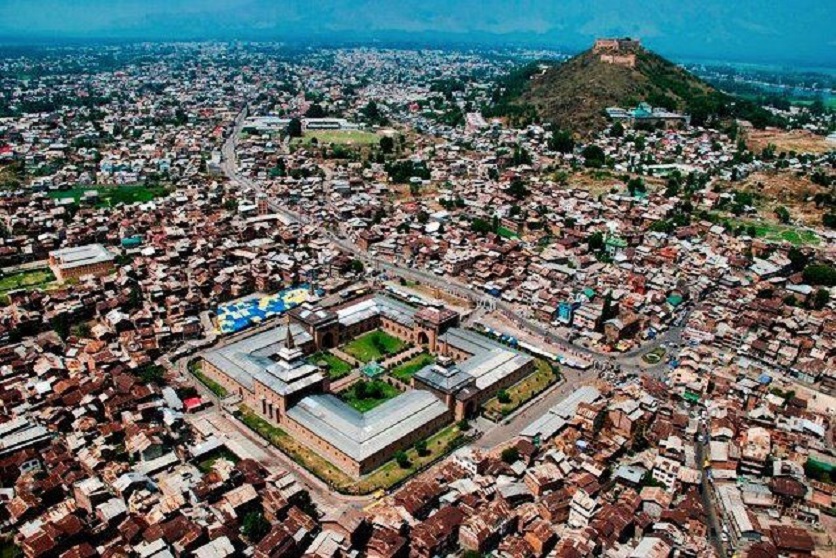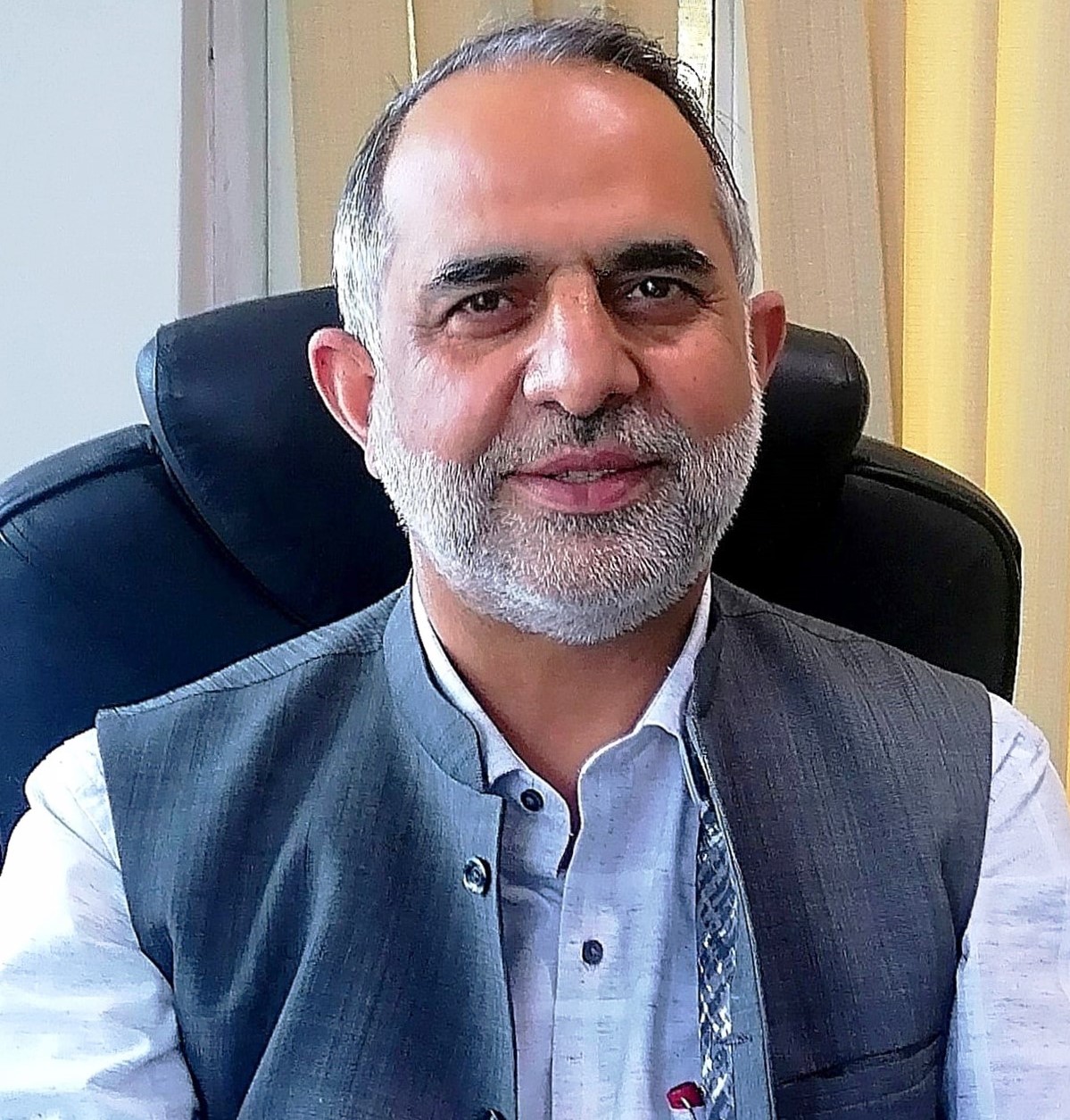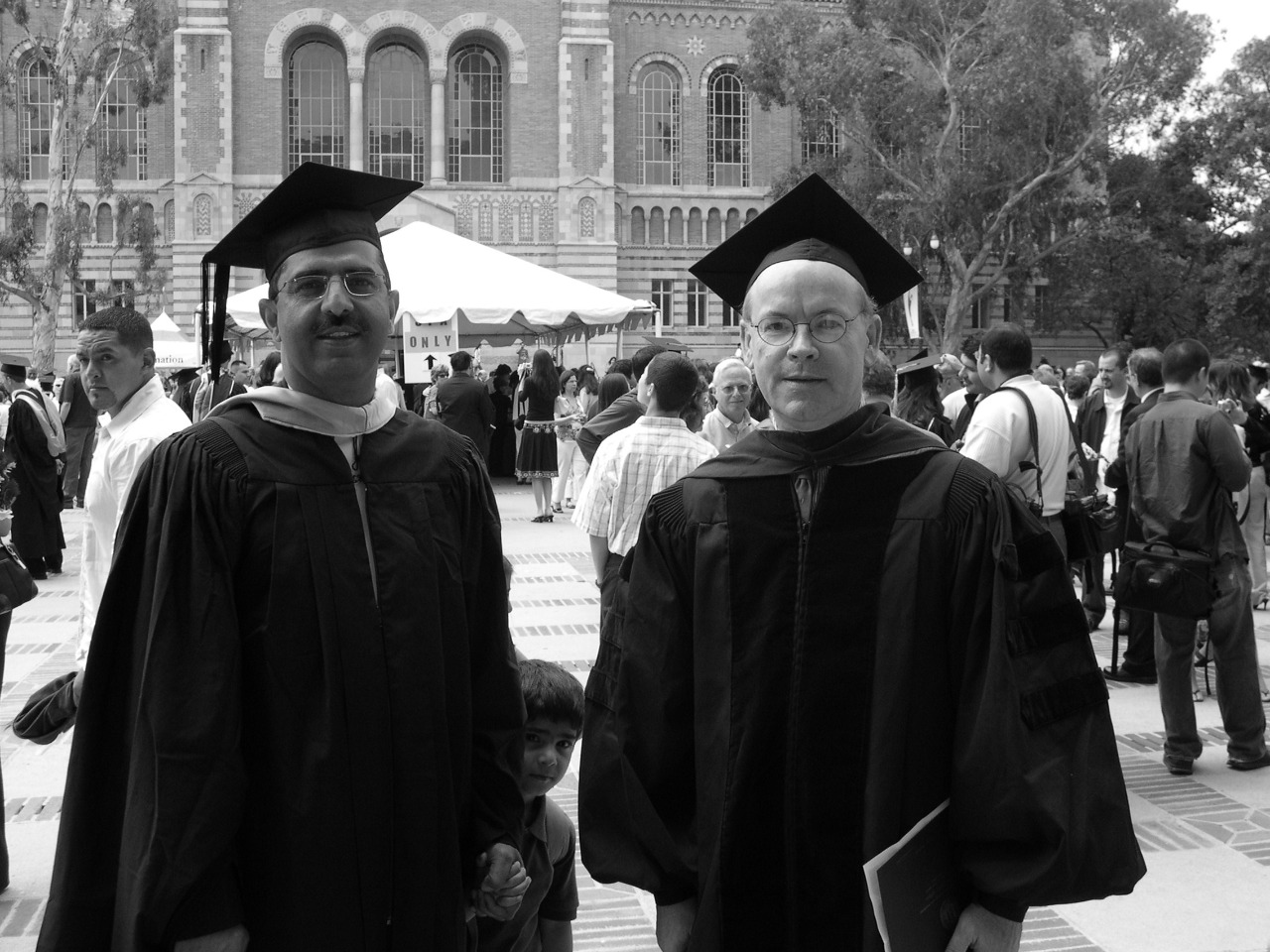
SIX years after the Srinagar Master Plan draft was completed, the Chief Town Planner of Kashmir who prepared the blueprint terms limited resources as the main impediment in the implementation.
The Master Plan for Srinagar City was completed in 2016 and it took almost three years to notify it in 2019.
“It was to be implemented by the development authority and the municipal corporation after I completed the final draft,” said Iftikhar Hakim, Chief Town Planner, Kashmir. “But I lost the track after my transfer.”
With 35 years of experience in the preparation of urban planning and policy framework at micro, macro and regional levels, Iftikhar said that in developed countries, it’s seen how much of the master plan has been implemented.
“But there’s no such mechanism in Kashmir,” said the town planner who has supervised colony developments, road planning and other schemes.
“We’ve to keep in mind that in developing countries, the resources are limited. The implementation of Master Plans needs a lot of investment. So, that issue is still prevalent.”
In a freewheeling interview with Kashmir Observer, the town planner talks about the urban scenario and the vision document lost in translation.

What has happened to Srinagar Master Plan?
As a vision document of the city, I prepared the Srinagar Master Plan in 2016. It took almost three years to notify it in 2019. But I lost the track after my transfer.
But as someone who has framed all the master plans since 2008, I can say it involves expansion of the city and proper functioning of civic affairs. It’s designed after a period of twenty years and reviewed after every five years.
However, dearth of resources has delayed its implementation. So many Departments, like Roads & Buildings (R&B), Public Health Engineering (PHE), Srinagar Municipal Corporation (SMC), Srinagar Development Authority (SDA), etc are involved in its implementation.
Are you saying you’ve nothing to do with the implementation?
Our basic objective is to take the consultation of every stakeholder and design a Master Plan and it has to be implemented by all the departments involved.
For example, the road infrastructure part has to be done by the R&B. If there’s a metro system, it has to be done by the MRTC, while solid waste management has to be done by the municipality.

How do you see the violations of the Master Plan?
The city is like your child, you want to see it in the best shape. Whenever I see the Master plan being violated, it hurts.
As I already told you that the implementation of the Master plan is not our domain. It’s in the hands of SMC, SDA, etc.
But while nobody is satisfied with the progress, we’ve to keep in mind that in newly developing countries the resources are limited.
The implementation of master plans needs a lot of investment. So, that issue is still prevalent.
What’s the way out now?
We should go for the sector-wise master plans and focus on the plans that are implementable.
If the vision document is bigger, the implementation gets more complex and difficult.

When did town planning begin in Kashmir?
It started somewhere in the 1960s. As far as I remember, Mr. Pampori was the first Chief Town Planner in Kashmir. He has done quite good work. I’m the fourth Chief Town planner in Kashmir.
Basically, town planner is responsible for the preparation of master plans of towns and cities, regional development plans, tourism development plans, traffic and transportation schemes, town planning schemes, urban development related policy documents, etc.
Earlier, there used to be one chief town planner in Jammu and Kashmir. Now, there’re separate town planners for Jammu and Kashmir.
How has been your journey as a town planner in Kashmir?
As a native of Downtown Srinagar, I grew up watching urban evolution over the time. I was quite receptive about the change since my school days at SSI Mission School Mallaratta, Srinagar.
Later, I did Bachelors in Civil Engineering from Regional Engineering College (REC)—now National Institute in Technology (NIT) Srinagar, but I was not able to fit in the system.
So, I decided to shift to something that is allied with Civil Engineering and went into Planning.
In 1988, I went to the School of Planning and Architecture, New Delhi and did Masters in Planning. I’m a gold medalist of my batch. In 2005, I completed Masters in Urban Planning, Regional and International Development from University of California, Los Angeles.
Since then, I’ve supervised the preparation of Master Plan for all major towns and tourist destinations in Jammu and Kashmir.
As Director Planning and Coordination of Jhelum and Tawi Recovery Project, I’ve also been involved in the procurement of the consulting services and the implementation of the Jhelum-Tawi Flood Recovery Project which inter alia included the pioneering work in the field of River Morphology Studies, Multi-hazard Risk Assessment and the design guidelines for buildings.
Earlier, I introduced Geographic Information System (GIS) in Master Plans. The technology is very relevant and important as it provides all the important information in any geographic zone. We created Srinagar Master Plan with GIS only.
Follow this link to join our WhatsApp group: Join Now
Be Part of Quality Journalism |
Quality journalism takes a lot of time, money and hard work to produce and despite all the hardships we still do it. Our reporters and editors are working overtime in Kashmir and beyond to cover what you care about, break big stories, and expose injustices that can change lives. Today more people are reading Kashmir Observer than ever, but only a handful are paying while advertising revenues are falling fast. |
| ACT NOW |
| MONTHLY | Rs 100 | |
| YEARLY | Rs 1000 | |
| LIFETIME | Rs 10000 | |










